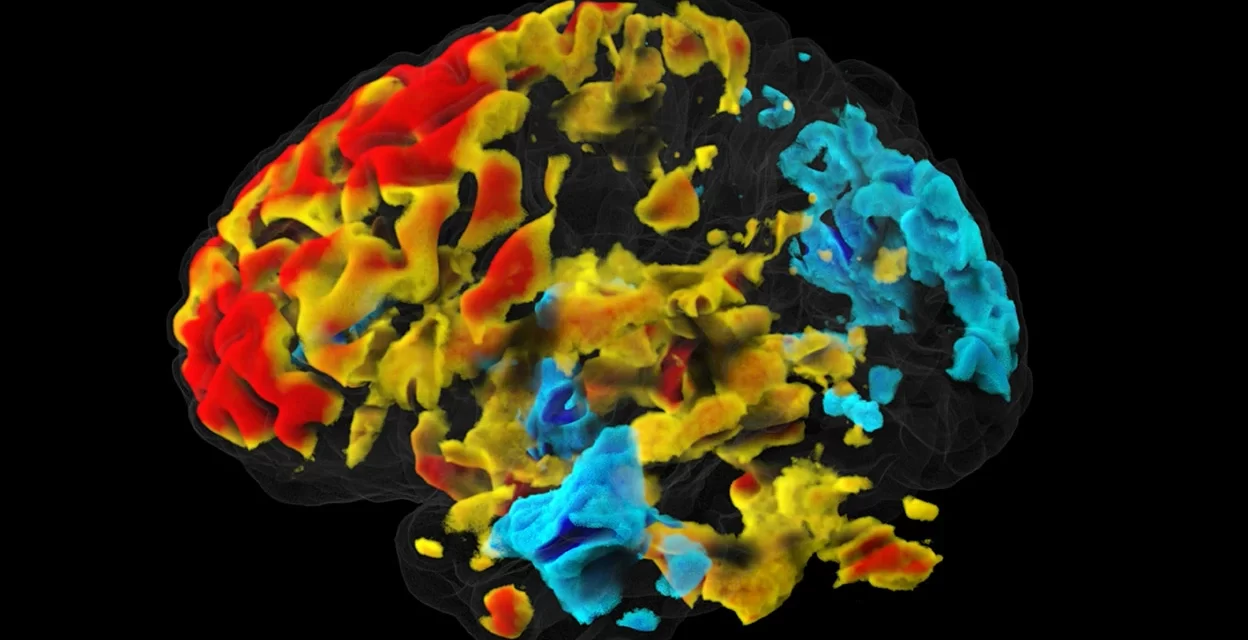The promise of direct imaging of neuronal activity (DIANA) as a groundbreaking method for measuring brain activity in animals has hit a roadblock, with two recent studies casting doubt on its reproducibility. Published on March 27 in Science Advances, these studies suggest that the original results, published in a 2022 Science paper, might have been due to experimental error or data manipulation rather than actual neuronal activity.
DIANA, proposed by Jang-Yeon Park and his team from Sungkyunkwan University in South Korea, aimed to revolutionize brain imaging by offering real-time mapping of neuronal activity. However, attempts by other research groups to replicate the findings have failed, leading to skepticism within the scientific community.
According to Park, the lead researcher behind DIANA, he stands by the original results and is puzzled by the difficulties encountered by other groups in reproducing them. He maintains that the method he developed is valid and has been successfully replicated in ongoing animal and human studies.
The technique involves applying minor electric shocks to an anesthetized animal every 200 milliseconds while collecting MRI data from different parts of the brain. However, both replication attempts reported in Science Advances found discrepancies in the results when compared to the original findings.
One study led by Seong-Gi Kim from the Institute for Basic Science in Suwon attempted to replicate the DIANA signal but found it only when data from a limited number of brain slices were averaged, raising concerns about data selection bias. Another study, led by Valerie Phi Van and Alan Jasanoff from MIT, discovered that signals resembling DIANA responses appeared even when the electric-stimulation tool was disconnected or when dead rats were scanned, suggesting possible flaws in the methodology.
Park acknowledges some shortcomings in the original paper, including the exclusion of certain brain slices from the analysis, but attributes them to oversight rather than intentional manipulation. He asserts that with proper adjustments, DIANA’s response remains statistically significant.
The controversy surrounding DIANA underscores the challenges in validating scientific breakthroughs and the importance of rigorous replication studies. Despite the setbacks, experts remain hopeful that the quest for more direct ways to measure neural activity will continue, potentially leading to new advancements in brain imaging technology.
As neuroscientists delve deeper into understanding the conflicting results, the pursuit of accurate and reliable methods for studying brain function remains a top priority in scientific research.
The full resolution of the DIANA controversy awaits further investigation and scrutiny within the scientific community.











